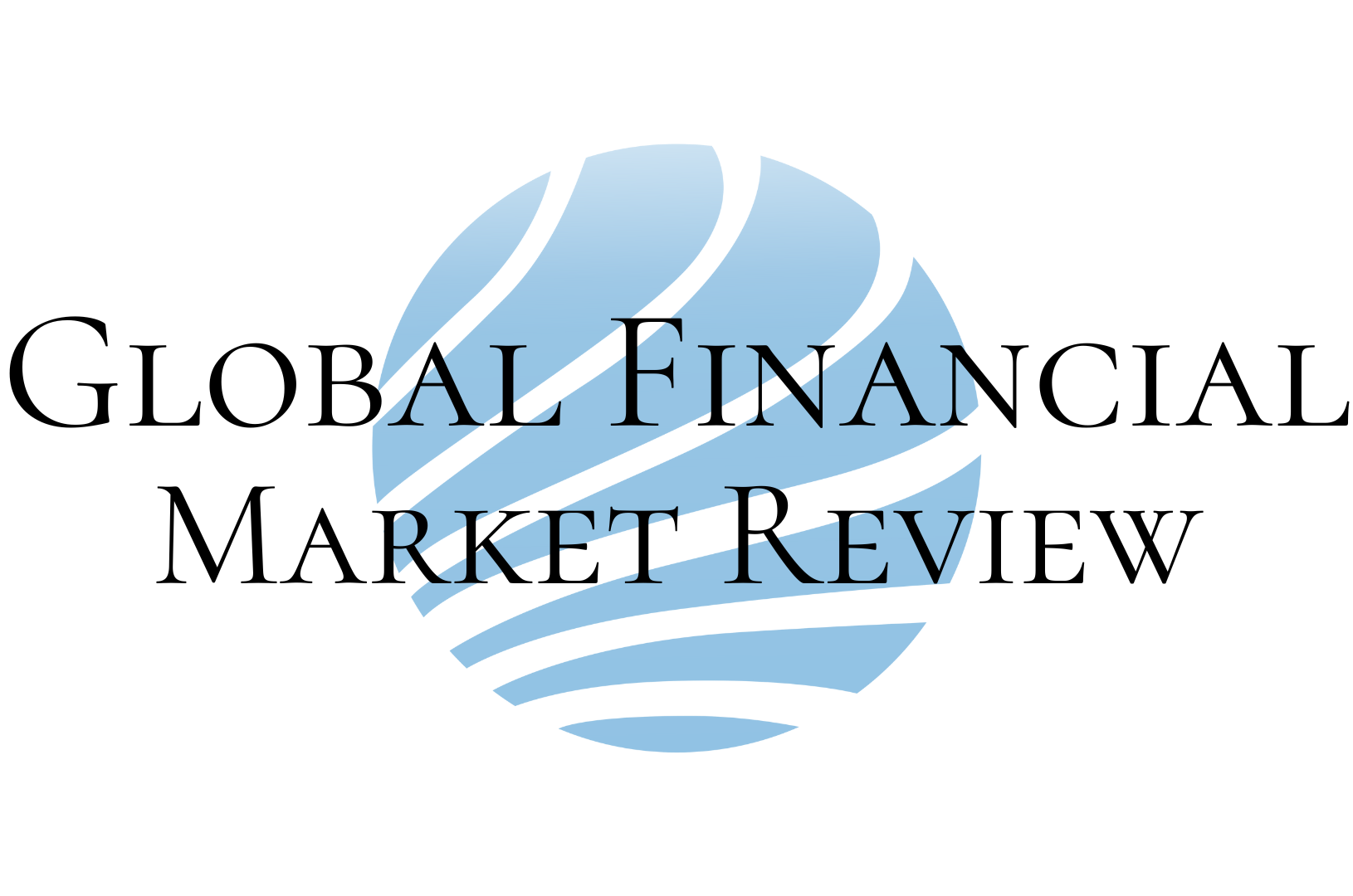MMA Fighters: Are They Paid Enough In The Middle East?

Jorge Masvidal captured the UFC's "BMF" title in the main event of UFC 244 yesterday but today we look at why the Middle East is so important for this iconic sport.
Let’s back up a little bit here. In April, the UFC and the Abu Dhabi’s Department of Culture and Tourism (DCT Abu Dhabi) announced a five-year partnership that that will see it hold more events in the future. The UFC held its first events in the city in 2010 and 2014.
What works for Abu Dhabi is its infrastructure and facilities in addition to the huge youth population with discretionary income and an affinity for the sport. I’m not saying it – exec vice president Lawrence Epstein said it in an interview with us earlier.
Abu Dhabi Media and the UFC also announced a new broadcast partnership to provide access to all live UFC events and non-live programming as part of a multi-year agreement. In July, the announcement was followed by the unveiling of the ‘UFC Arabia’ app that includes live access to fights and hundreds of hours of programming.
Now let’s talk about the event that was held in September and its impact – the fight between Russian star Khabib Nurmagomedov and American Dustin Poirier.
According to STR’s preliminary September 2019 data for Abu Dhabi, the fight brought about market's largest daily increase in occupancy (up 33.1 percent) on September 7, the day of the fight.
The same day saw the second-highest daily jump in revenue per available room (RevPAR) - up by 37.3 percent.
And Khabib alone earned more than $6 million following his victory over Poirier at UFC 242 in Abu Dhabi – that is, nearly $500,000 for every minute in the ring.
For his last fight, against Irishman Conor McGregor, Nurmagomedov was reportedly paid $2 million, the bulk of which was a share from pay-per-view broadcasts and other sources.
But there is a problem.
Not everyone gets paid this kinda salary. For the vast majority of MMA fighters who are based in the Middle East, payouts like that are little more than a pipe dream.
Dubai-based Russian-Lebanese fighter Roman Wehbe knows all about fighting for peanuts, or $1,500 to be exact.
He is one of the Middle East’s top heavyweights, having started in combat sports in the underground world of bare-knuckle fights in the United Kingdom. He took part in his first MMA fight in 2006 and has since stepped into the octagon 15 times.
He says the highest pay check for most fighters working with local promoters in the GCC is approximately $3,000 per fight.
While local fighters are eligible for a $500 submission or performance bonus, the UFC’s performance bonuses alone amount to $50,000 – four of which were handed out following the Abu Dhabi event.
For each of the sport’s millionaires like Nurmagomedov or Irish arch-rival Conor McGregor, dozens, if not hundreds, of fighters barely scrape by, forced to prepare for fights while juggling the demands of a second job, devoid of the lucrative contracts, hefty bonuses and training opportunities that MMA’s minority of stars depend on.
Websites such as The Sports Daily estimate that several undercard fighters at UFC 242 earned as little as $13,500.
Now this is a real problem and it is quite sad to be honest.
The absence of regional fighters from the UFC means it is more difficult for those like Wehbe to pursue opportunities. Ahead of a fight, or sometimes almost the same day as the event, Wehbe has to work up to eight hours a day and train for at least three or four hours. It’s not the training that’s the problem, he says, it’s the recovery process.
Promoters overestimate the potential profit from fights, run out of funds and ultimately disappear.
2 examples - Amman-based MMA promotion Desert Force abruptly halted operations in 2017 with no prior notice just weeks ahead of a scheduled event, leaving fighters with no contracts, while Beirut-based Phoenix Fighting Championship has also been liquidated.
Marketing is huge problem. Full-time training and international promotions, to Middle East fighters would not only boost their performance but also increase the popularity of MMA in the Arab world.
Except for the handful, you don’t see a lot of MMA fighters living a similar life like other football, tennis, cricket athletes.
But at least UFC is trying hard to promote the sport and the athletes here. UFC promotes local events through digital platform FightPass on its mobile app, and increasingly invites global fighters to visit and train at its $14m, 2,787 sq m UFC Performance Institute in Las Vegas or sister facility in Shanghai.
But the UFC alone is not capable of hosting the number of events needed to sustain a profitable MMA industry in the Middle East.
All I’m trying to ask is – where all you local promoters at? These fighters need you guys now!!
(Source: Arabianbusiness.com YouTube channel)
Middle East Sports Market To Grow 8.7%, Outpacing Global Average: PwC Report
The sports sector in the Middle East is undergoing rapid transformation, fueled by strategic investments, innovation, s... Read more
Mo Salah Signs Two-year Liverpool FC Contract Extension Until 2027
Salah, 32, has maintained his exceptional form this season, scoring 32 goals in 45 appearances across all competitions Read more
Sheikh Hamdan In India: Dubai Crown Prince Meets ICC Chairman, Indian Cricket Stars In Mumbai
The Dubai Crown Prince also held discussions with Indian cricket captain Rohit Sharma, along with players Hardik Pandya... Read more
Spartan Race Middle East: Inside The Corporate Wellness Trend Reshaping Dubais Business Landscape
As a dynamic wellness initiative, Spartan Race Middle East provides corporate teams an inclusive platform to compete an... Read more
Dubai World Cup 2025: Hit Show Wins $12m Race, Plus All The Results From Meydan
Qatar’s Hit Show wins Dubai World Cup 2025 in pinnacle of nine-race day in Meydan Read more

